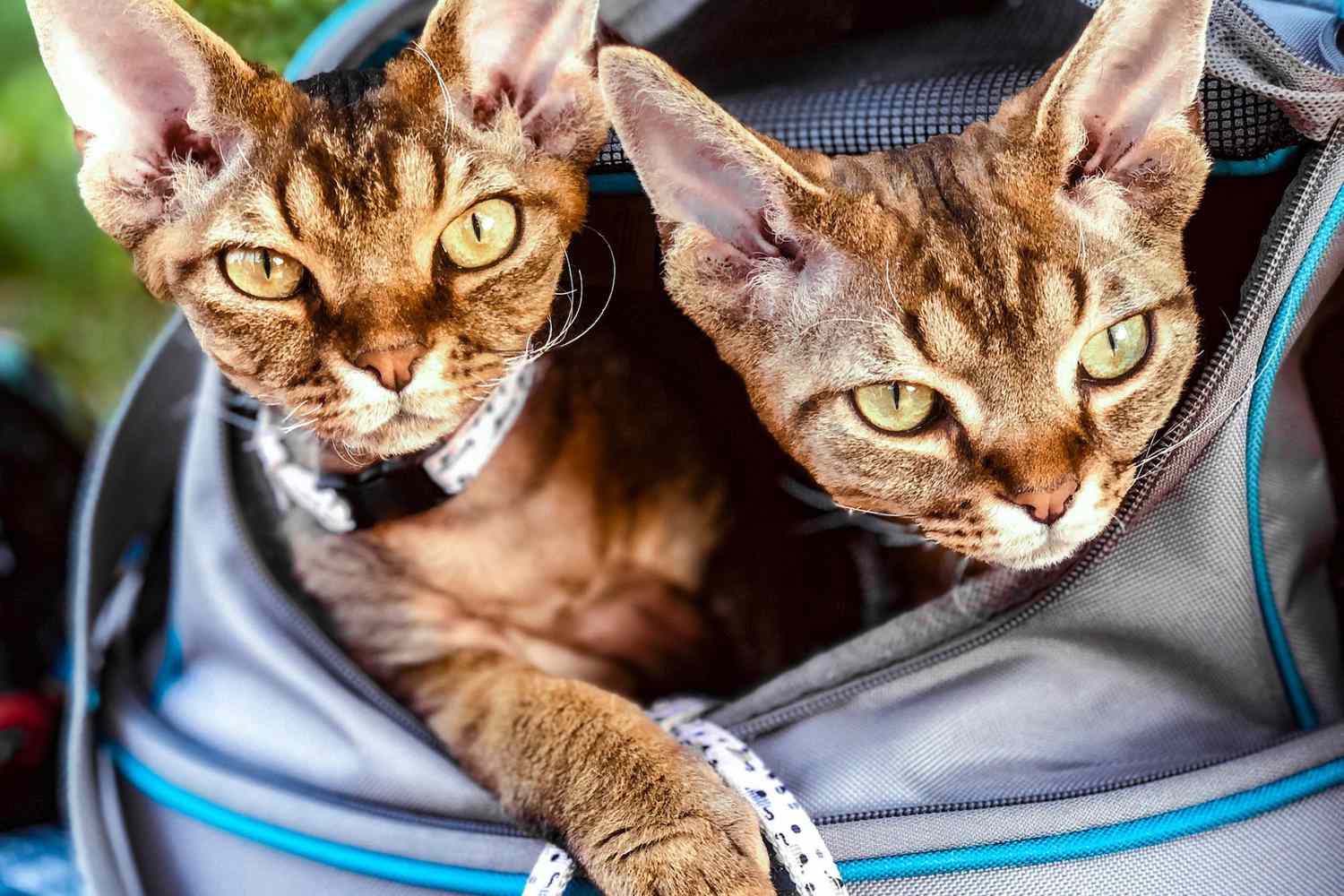When you’re getting ready to take your feline companion on a trip, you might feel happy and stressed all at the same time. Unlike dogs, cats may not be naturally inclined towards road trips. However, the good news is that you can assist your furry baby in getting more comfortable with traveling by investing a little time and effort.
Prioritize your cat’s safety during the car ride and consider being equipped with pet insurance simultaneously. Cat insurance allows you to support your munchkin with timely medical care with minor economic hassle during accidental injuries, illnesses, and medical emergencies at all times, so why not contemplate purchasing a policy?
Meanwhile, read this article to find out if driving with your munchkin is feasible.
How to condition my cat to the car?
- Initially, allow your cat to explore the car at its own pace, then place it in the stationary vehicle for short periods, offering treats and positive reinforcement.
- Gradually increase the time spent inside. Once comfortable, turn on the engine without moving. When your kitty cat adapts, go for short drives, rewarding it afterwards.
- Use a secure carrier, toys, and treats to make the experience calm and pleasant and to help your furball associate the car with positive feelings. Patience is key!
How long can a car ride last when traveling with my cat?
- The duration of a car ride when traveling with your cat depends on the destination and distance. For shorter trips like vet visits, it may last around 15-30 minutes.
- Longer journeys, like vacations, can range from a few hours to several days with breaks. Ensure your cat’s comfort, hydration, and regular stops during extended trips.
- Consider your cat’s preferences and well-being so you can plan accordingly for a smooth travel experience.
How to ensure a happy and safe long journey for my cat?
- To reassure your cat use a secure and well-ventilated carrier with familiar bedding and toys. Maintain a comfortable temperature inside the car and offer plenty of fresh water and small meals during breaks.
- Never leave your kitty cat unattended in the vehicle. Ensure peace and security with gentle words and petting. Also, plan for regular stops to allow for stretching and bathroom breaks.
- Contact your vet for specific travel advice and stress-relieving medications if your kitty appears too anxious to travel.
How long can my cat survive not using the litter box?
- Cats can typically hold their bladder and bowels for a few hours, but it varies based on their age, health, and stress levels.
- Plan for repeated stops during long journeys, allowing your cat to use the litter box and stay comfortable. Neglecting their restroom needs can cause distress and potential health issues.
As a responsible cat owner, be attentive to your fluffy companion’s needs while traveling, especially during long road adventures. This includes considering being prepared with pet insurance so your furry baby is adequately covered for particular health situations and medical emergencies. Contemplate purchasing cat insurance so that providing medical care during non-routine vet visits need not be as financially burdening.




